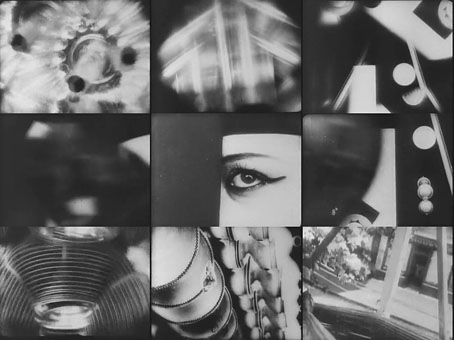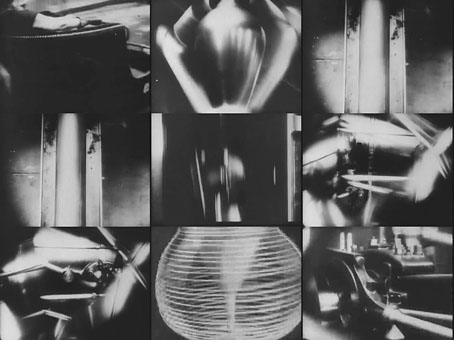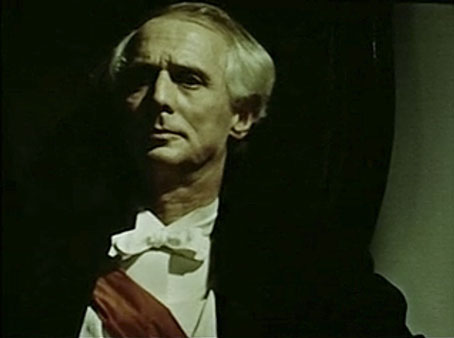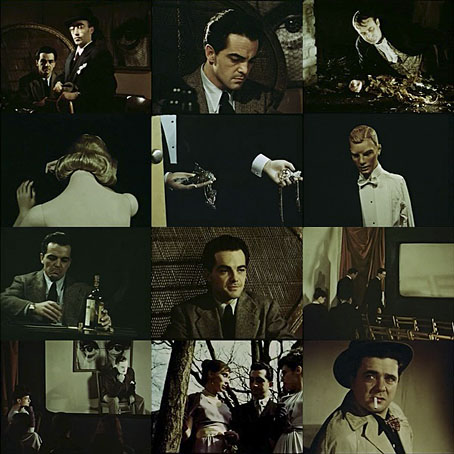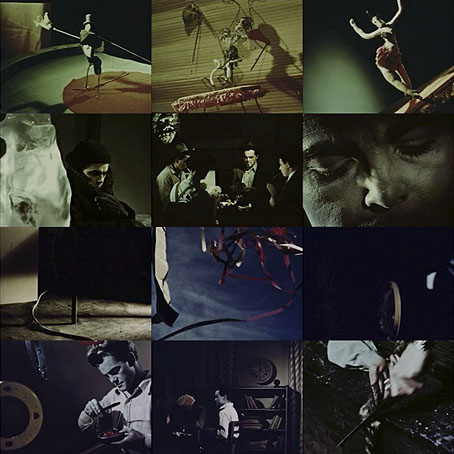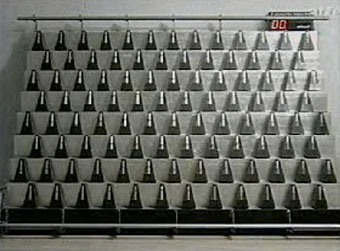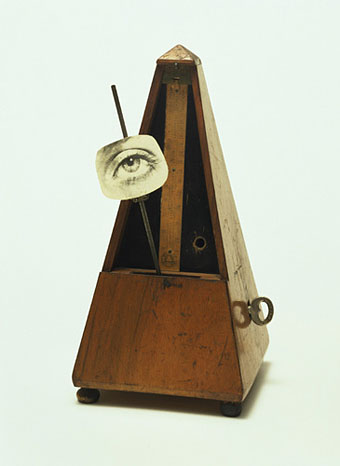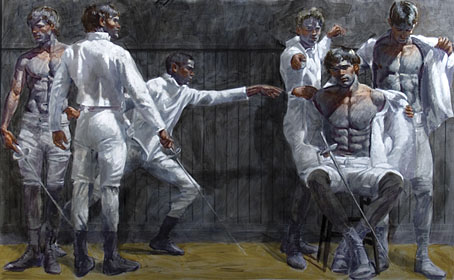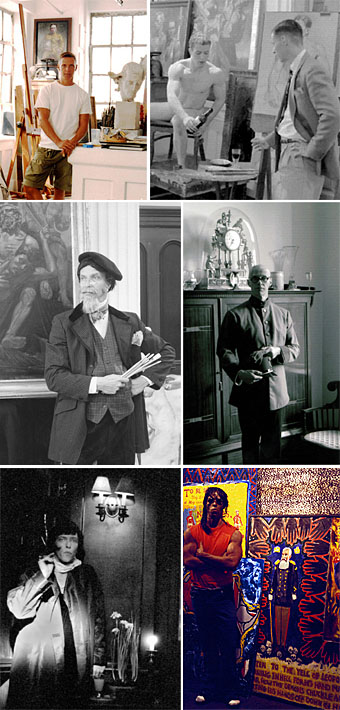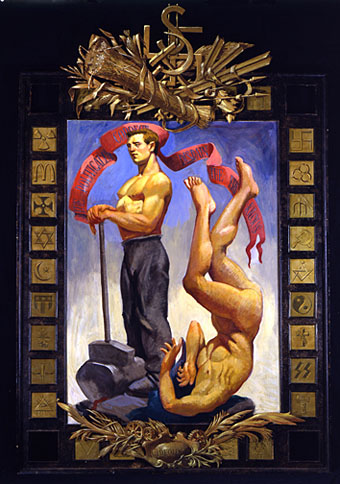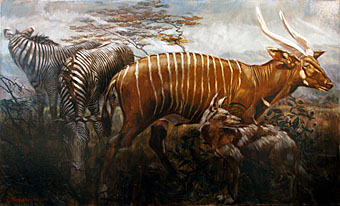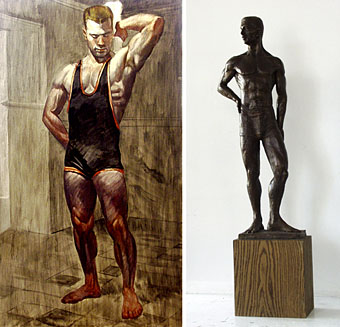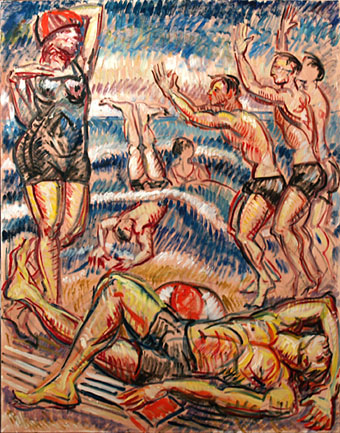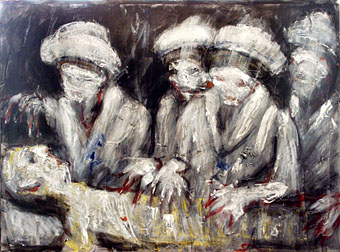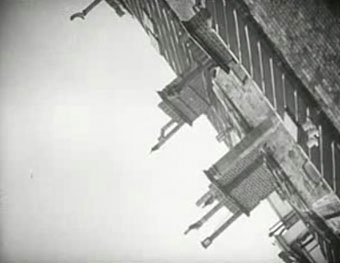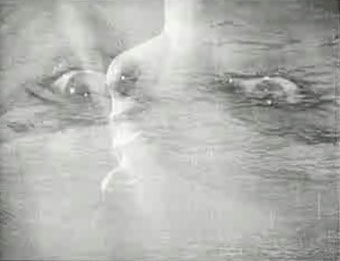A film to round off a week of connected posts. Ballet Mécanique (1924) is more Dada than Surrealist if you want to get strict about the taxonomy, but the latter movement grew out of the former, and this short experiment by Fernand Léger and Dudley Murphy is a pioneering piece of work however it’s labelled. The film was photographed by Man Ray who used a variety of techniques including animation and kaleidoscope shots to present a “ballet” of machine parts and kitchen utensils. Some of the kaleidoscope images are so close to the opening shots of Fritz Lang’s Metropolis (1927) you have to wonder whether a viewing of this gave Lang ideas.
Ballet Mécanique has been provided with many scores over the years, from player pianos and sirens to more traditional arrangements. The copy at the Internet Archive has a contemporary score but like all silent films this can always be replaced with music of your own choosing.
Previously on { feuilleton }
• Dreams That Money Can Buy
• La femme 100 têtes by Eric Duvivier
• Metropolis!
• Entr’acte by René Clair

